A dishwasher is a great appliance for saving time and energy. But what if it doesn’t drain? This blog post will walk you through some of the most common causes of a dishwasher not draining, as well as how to fix these problems with minimal effort.
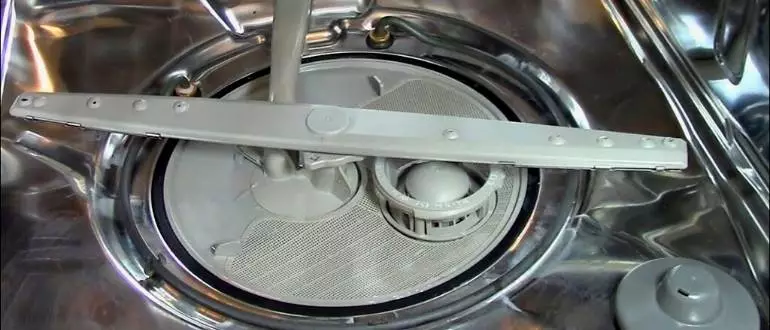
What are the most common reasons why a dishwasher may not drain properly?
There are possible 14 reasons behind this:
- Unbalanced load
- Drain hose not fully inserted
- Food particles have built up over time
- Faulty air gap or standalone sink strainer
- Clogged garbage disposer
- Disconnected drain line
- Flapper valve leaking on the dishwasher’s sump pump
- Unplugged, faulty or loose wiring
- Faulty garbage disposer
- Blocked drain pump filter screen
- Bad or loose wiring connections
- Disconnected dishwasher hose to the air gap device
- Garbage disposer switch set in wrong position (or not working)
- Clogged drain line
Let’s see, one by one.
1. Unbalanced load
About 75% of dishwasher problems are related to unbalanced loads or poor loading of utensils.
An unbalanced load may not spin in the center of the tub. It can cause water to back up in the tub and leak out of the tub through the drain hose. The top rack should be more filled as compared to the bottom rack.
It will also decrease the washing effect. If the heavy dishes are kept on the bottom rack then it may cause this type of problem.
Some dishwasher models have an unbalanced load sensor that turns off or adjusts the cycle automatically
2. Drain hose not fully inserted
One of the most common reasons for dishwashers not to drain is due to the drain hose being clogged or not fully inserted into the stand pipe.
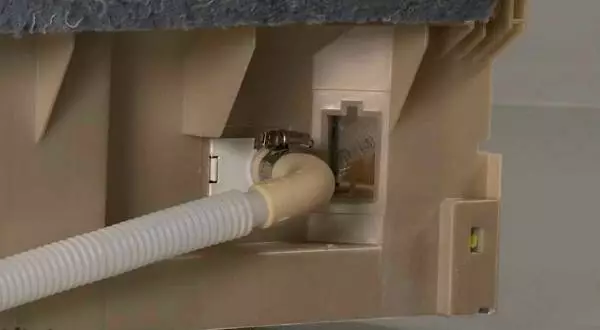
You can find out if this problem is due to your machine by reading your owner’s manual. It should tell you how to empty the water from your pump.
3. Food particles have built up over time
Over time food and grease will build up at the bottom of the dishwasher and on the kitchen sink part. This can restrict the drain system, which can cause a problem with draining.
4. Faulty air gap or standalone sink strainer
The air gap or standalone sink strainer device is used to prevent water from the kitchen sink from being siphoned into the drain system if a blockage occurs.
Check your owner’s manual or consult with a plumber for installation details
5. Clogged garbage disposer
You should make sure that your garbage disposal is working properly and it has a sufficient power supply.
If you think your garbage disposal is not working properly, unplug it and check for power.
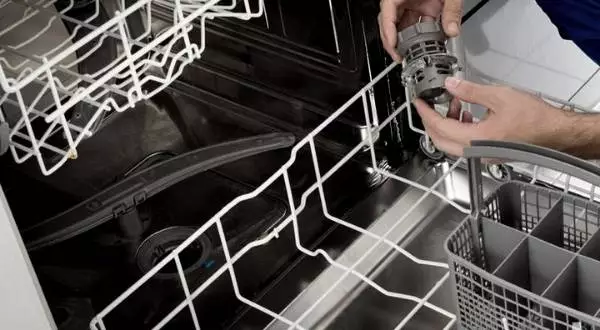
6. Disconnected drain line
Another possible reason is that the drain line has fallen apart or disconnected from the dishwasher
7. Flapper valve leaking on the dishwasher’s sump pump
Flapper valves can get clogged with debris over time. This can contribute to the problem, as well as worn-out components (gaskets/seals) on the sump pump.
8. Unplugged, faulty or loose wiring
Make sure that all wires are plugged in completely and closed tightly.
9. Faulty garbage disposer
If your dishwasher is not draining, this may be because the garbage disposal is clogged or faulty.
10. Blocked drain pump filter screen
Another possible reason could be that your dishwasher’s drain pump filter screen is blocked with debris.
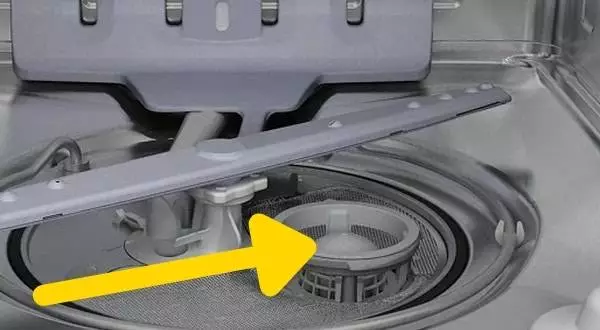
11. Bad or loose wiring connections
Bad or loose wiring connections may also cause the dishwasher not to drain. Make sure that all wires are plugged in completely and closed tightly.
12. Disconnected dishwasher hose to the air gap device
If your dishwasher stopped draining, check if the drain hose is still connected to your standpipe or other air gap device properly
13. Garbage disposer switch set in wrong position (or not working)
Ensure that you switch on your waste water for a few minutes each week to keep the elements inside it from rusting or corroding.
14. Clogged drain line
The last possible reason for your dishwasher to not drain is the clogged drain line. You should be able to clear it out by using a small plunger.
If it’s still clogged, you may want to call a plumber for help.
How do you fix a dishwasher that is not draining?
Here are some ways to fix this problem.
1. Unplug the dishwasher or turn off its breaker.
2. Ensure that all wires are connected properly and closed tightly inside the box if it is removable.
3 . Clear out the drain line by using a plunger (be sure you plug up your standpipe).
4. Clear out the drain pump filter screen by using a toothbrush or any other device that is suitable.
5. Check if your dishwasher hose is still connected to your standpipe properly and check for kinks in the line.
6 . Clean off the airgap device, including its strainer basket and flapper valve.
7. Ensure that your garbage disposal is plugged in completely and the switch on its side is turned ‘on’.
8. Disconnect your dishwasher hose from the standpipe or air gap device and check for debris inside it.
9. If there are no obstructions found, try plugging in your dishwasher again and turning on its breaker.
10. Sometimes alkaline or other chemical buildups can accumulate in the components of your dishwasher causing it to stop draining properly.
11. Make sure that all components like your drain pump, air gap device, and garbage disposal are working properly.
12. If there is no obstruction found on any of the components, call a plumber to check on your dishwasher for you.
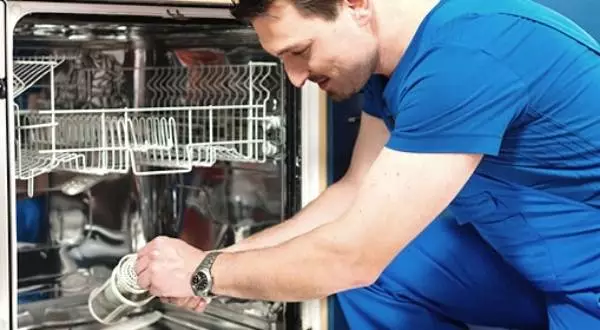
Final Thoughts
If you are experiencing a dishwasher not draining, it could be due to the above causes.
The most common cause of a dishwasher that won’t drain is clogged filters or screens in the bottom of the unit where water collects during operation.
Cleaning these filters will often solve this issue and allow your machine to function properly again.
Another possible reason for an appliance not draining is due to sediment buildup inside pipes leading from your house into the main sewer line outside.
This can happen over time if there’s too much detergent used by consumers who don’t read instructions or use tablets instead of liquid soap which doesn’t rinse off completely.

